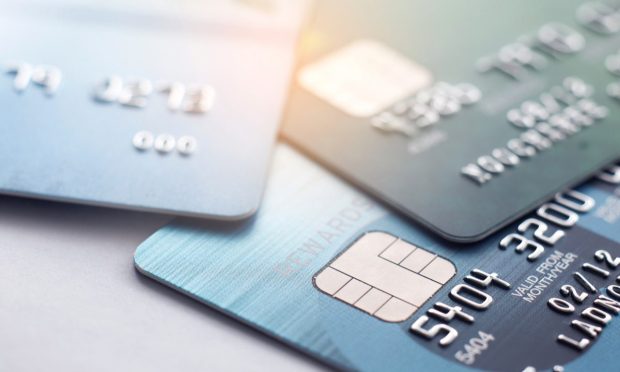Banks’ Earnings May Show Days of Double-Digit Card Spend Growth Are Over

Earnings season comes like clockwork.
And earnings are a snapshot, a frozen point in time. For the banks, the question is not what’s in the rearview mirror — but what lies ahead.
The first-quarter results, leading up to and including soaring energy prices, inflation and war, may give a look back to when consumers spent freely and with confidence, where use of credit cards and debit cards translated into swelling transaction volumes.
But those halcyon days may be over.
The wild card to it all, as you might guess, has and will be inflation, now at a 40-year high.
This week, we’ll hear from the likes of J.P. Morgan, Goldman, Citi and others.
The headlines around bank earnings, at least in the financial press, have focused on expected top- and bottom-line declines. In part, that will be due to the fact that the practice of releasing loan reserves buoyed results in recent quarters.
Read more: US Banks Expect Q1 Earnings Dip as Ukraine Conflict Chills Investment
And investment banking activity has been impacted by the war in Europe. Wall Street is watching the vagaries of capital markets, of trading and investing revenues, which according to some estimates on the Street could be off by double-digit percentage points. We at PYMNTS drill down into the card spending, the loan activity, and the inexorable trend of doing banking across digital channels.
A look back at what was — namely through the most recent quarter — shows just how buoyant consumer spending was right into the teeth of early 2022’s massive inflationary surge and the Russia-Ukraine war. J.P. Morgan offers a strong example here, as debit and credit sales volume was $376.2 billion in the first quarter, up 26% year on year. Credit card sales volumes were up 29% from last year, to a recent $254.1 billion.
See more: JPMorgan Active Mobile Customers Hit 59M, Tech Investments Top $12B
Other banks, such as Wells Fargo, saw similar double-digit percentage point gains. Card spend at Citi was up 24% in the period.
Holiday spending was a tailwind for all of these banks, as it was across travel, entertainment and dining as economies reopened.
Liquidity Under the Microscope and (Maybe) Under Pressure
Commentary on the Wells earnings call noted that credit quality remained strong, and liquidity did too.
But PYMNTS’ own data show that liquidity is feeling the pinch, at least as measured by the paycheck-to-paycheck data that cash cushions are declining.
Read more: Inflation’s Torrid Rise Hammers Lower Income Consumers, Payments Firms Dependent on Them
The insight into the consumers — where they spend, how they spend, whether they are becoming more cautious and why — will likely trump whether the bank names beat consensus numbers or not.
Mobile Trends Intact
Despite the volatility that might be part and parcel of the earnings commentary, we can hazard a guess that some trends might remain intact. Chief among them, that the mobile device will be the springboard to how consumers live their financial lives.
For J.P. Morgan, total active digital customers in the quarter stood at 58.9 million, gaining 6% year over year, and 2% sequentially. There is continued evidence that, once digitally-engaged, consumers stay engaged — on the go, so to speak. For J.P. Morgan, active mobile customers grew to 45.5 million, up 11% from last year’s fourth quarter. Similarly, mobile active customers in the fourth quarter outpaced the digital customer growth, gaining 5% year on year to 27.3 million.
Citi’s active mobile users were up 11% to 28 million.
Here we go again, as they say — as the earnings reports roll in and give a hint of where the consumer’s state of mind may be as we’re all confronted with a brave new, inflationary world.
